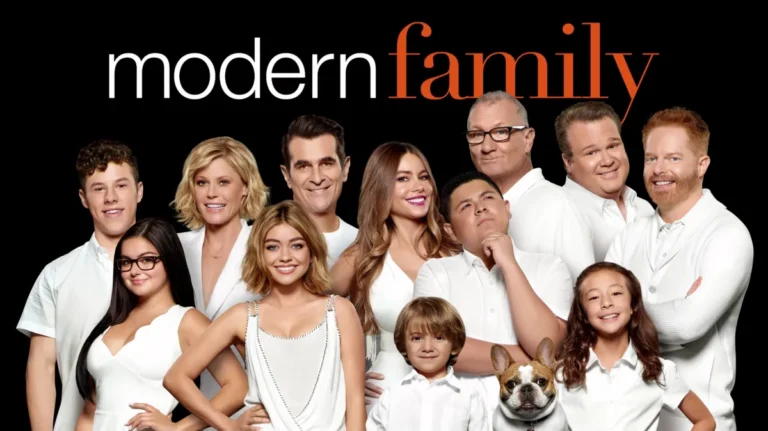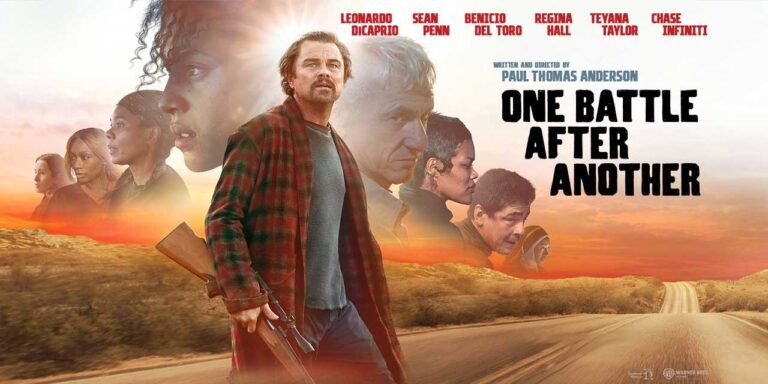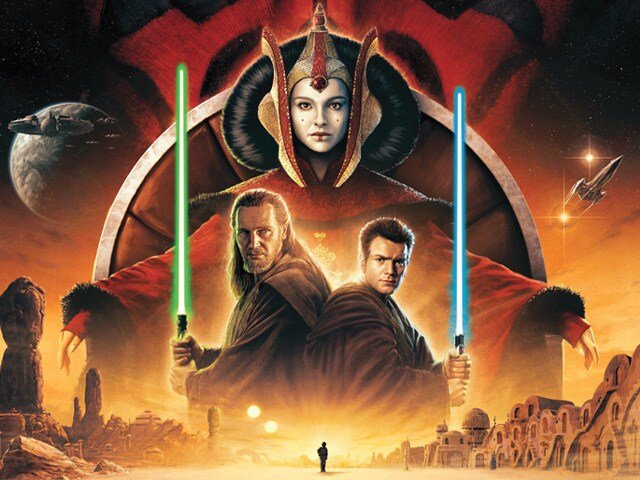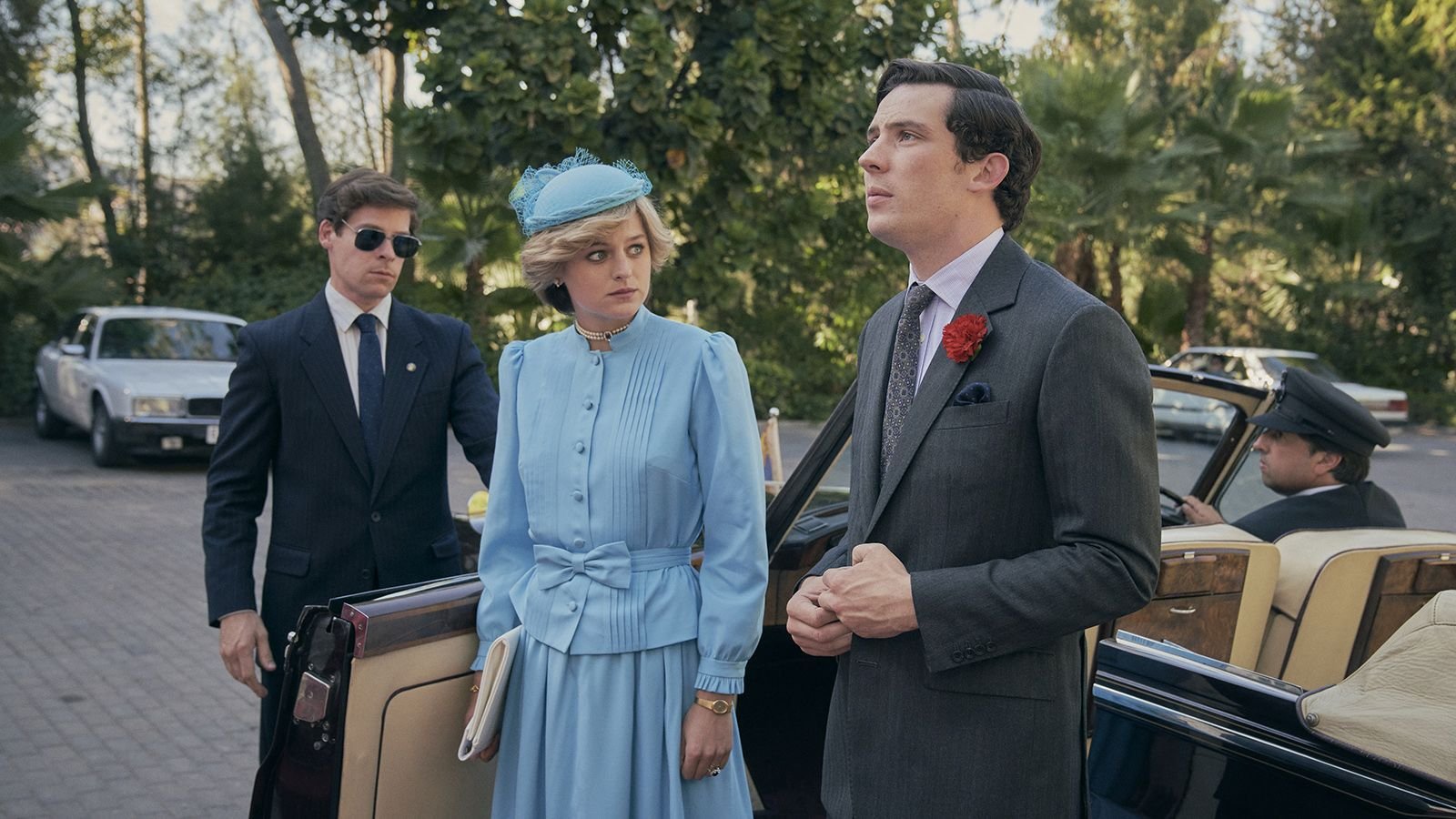
As a devoted fan of The Crown, I’ve eagerly anticipated the release of each new season, captivated by the show’s ability to transport us into the heart of the British monarchy and the pivotal moments that have shaped the nation’s history. With the arrival of the highly anticipated fourth season, the series has once again proven itself to be a masterclass in storytelling, delving deeper into the complexities of the royal family and the political landscape of the 1980s.
In this season, the show’s creator and writer, Peter Morgan, faces his greatest challenge yet, as he navigates the introduction of two iconic figures who have left an indelible mark on the collective consciousness: Princess Diana and Prime Minister Margaret Thatcher. The task of capturing the essence of these larger-than-life personalities, while seamlessly weaving them into the ongoing narrative, is no small feat, but Morgan rises to the occasion with remarkable skill and nuance.
Navigating the Complexities of the 1980s
The 1980s was a decade of profound transformation in the United Kingdom, marked by significant political, economic, and social upheaval. As the series progresses, we witness the ascension of Margaret Thatcher to the role of Prime Minister, a figure whose policies and leadership style would have a lasting impact on the nation. Morgan’s ability to distill the essence of this tumultuous period into a cohesive and engaging narrative is truly impressive.
One of the standout moments in the season is the depiction of the IRA’s terrorist attacks, which sent shockwaves through the country. The series does an excellent job of capturing the sense of fear and uncertainty that permeated the nation during this time, while also exploring the complex political and historical context that gave rise to such violence.
Additionally, the show delves into the personal lives of the royal family, particularly the strained relationship between Princess Diana and the rest of the Windsors. The introduction of Diana’s character is a watershed moment, as she represents a new era of celebrity culture and public scrutiny that would forever change the monarchy.
Olivia Colman’s Masterful Performance as Queen Elizabeth II
At the heart of The Crown is the remarkable performance of Olivia Colman as Queen Elizabeth II. Colman’s portrayal of the monarch is a tour de force, capturing the nuances of the Queen’s stoic demeanor and the emotional turmoil that lies beneath the surface.
In this season, Colman’s Queen is faced with a series of challenges that test the very foundations of the monarchy. From the IRA’s attacks to the growing tensions within the royal family, the Queen is forced to navigate a rapidly changing landscape, all while maintaining her unwavering sense of duty and commitment to the Crown.
Colman’s performance is a masterclass in subtlety, as she effortlessly conveys the Queen’s inner turmoil and the weight of her responsibilities. Whether it’s the Queen’s quiet moments of reflection or her public displays of strength, Colman’s portrayal is a testament to her exceptional acting abilities.
The Arrival of Princess Diana and Margaret Thatcher
The introduction of Princess Diana and Margaret Thatcher into the narrative of The Crown is a bold and ambitious move, as these two figures have become iconic in their own right. The show’s handling of their respective storylines is nothing short of remarkable.
Princess Diana: The People’s Princess
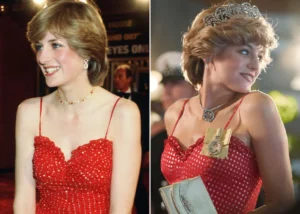
- Played with remarkable nuance and depth by Emma Corrin, Princess Diana’s character arc is a captivating exploration of the public’s fascination with the young royal.
- Corrin’s performance captures the essence of Diana’s captivating charm and her ability to connect with the masses, as well as the underlying struggles and vulnerabilities that would ultimately shape her legacy.
- The series delves into the complexities of Diana’s relationship with Prince Charles, revealing the cracks in their seemingly fairy-tale union and the growing distance between them.
- Through Diana’s story, the show examines the role of the media in the lives of the royal family, and the ways in which public scrutiny and expectations can take a toll on an individual’s mental and emotional well-being.
Margaret Thatcher: The Iron Lady

- Gillian Anderson’s portrayal of Margaret Thatcher is a polarizing aspect of the season, with some viewers praising her performance while others find it lacking.
- Anderson’s Thatcher is a commanding presence on screen, capturing the former Prime Minister’s distinctive mannerisms and speech patterns with remarkable accuracy.
- However, some viewers have argued that the portrayal feels overly exaggerated, failing to fully capture the nuances and complexities of Thatcher’s personality and leadership style.
- Nonetheless, Thatcher’s inclusion in the series is a crucial element, as she represents the significant political and economic transformations that were shaping the United Kingdom during this period.
The Crown’s Enduring Legacy
As I reflect on the fourth season of The Crown, I am struck by the show’s ability to captivate and engage audiences on a profound level. The series has not only entertained us with its impeccable production values and stellar performances but has also challenged us to grapple with the complexities of the British monarchy and the nation’s history.
Through its meticulous attention to detail and its willingness to explore the nuances of its characters, The Crown has become more than just a historical drama; it is a testament to the power of storytelling to illuminate the human experience and the forces that shape the course of nations.
As I eagerly await the next chapter in this captivating saga, I am reminded of the words of the show’s creator, Peter Morgan, who has said, “The Crown is not a documentary, it’s a drama based on events.” And it is this delicate balance between historical accuracy and dramatic interpretation that makes The Crown such a compelling and thought-provoking work of art.

